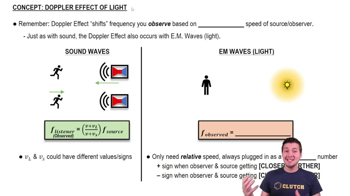An average active person consumes about 2500 Cal a day.
(a) What is this in joules?
(b) What is this in kilowatt-hours?
(c) If your power company charges about per kilowatt-hour, how much would your energy cost per day if you bought it from the power company? Could you feed yourself on this much money per day?






